Philippines Air Force to decide between the Fighting Eagle (FA-50PH) and the Fighting Falcon (F-16C/D)?
On June 24 this year (2021), US State Department had approved the sale of 12 x F16 Block 70/72 fighters to the Philippines – 10 x single seat F16C and 2 x two seater F16D…. although collectively, Block 70/72 are also known as F16V “Vipers”.
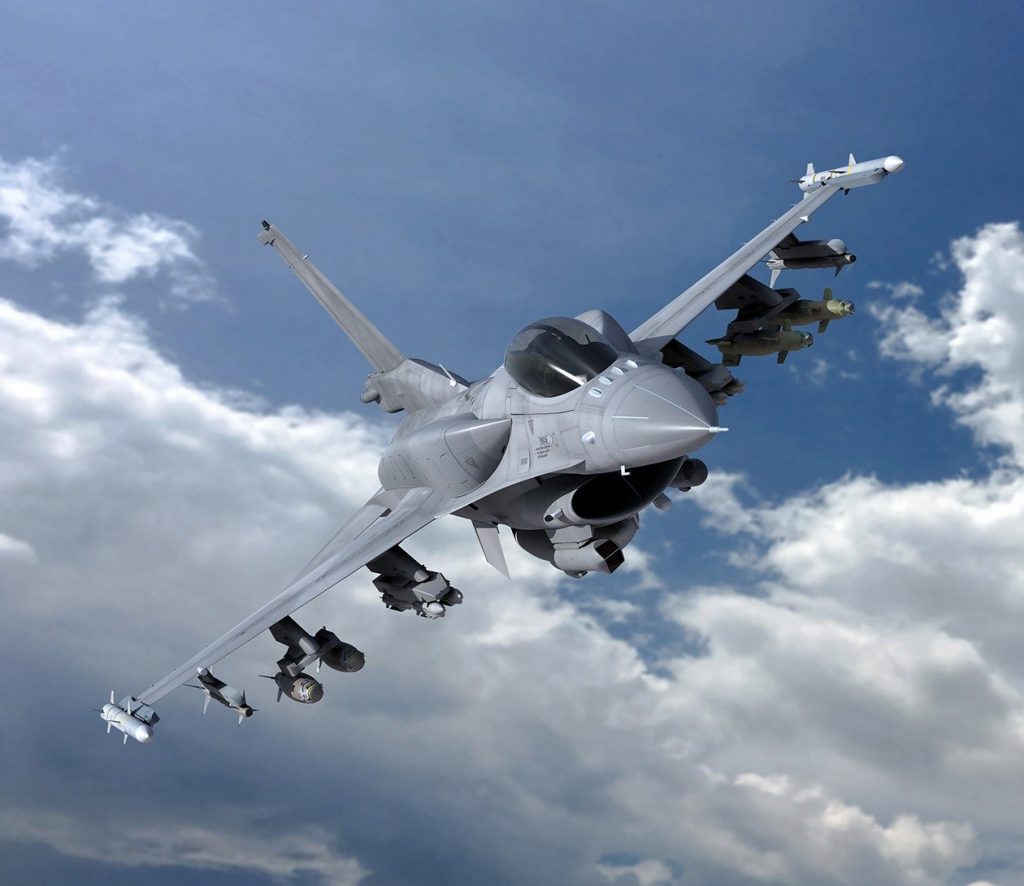
However, the Philippines defense secretary, Delfin Lorenzano told the Philippines Daily Inquirer that the 2.43 billion US dollars F-16s package are too expensive, and they will examine other options for their Multi-Role Fighters requirements.
Up to this point, the main rival to the F16s were then Swedish Saab JAS-39C/D Gripens. The Gripen package is also for 12 fighters. Gripen was thought to held the edge in the competition when it was revealed that Lockheed Martin could only deliver the first 3 or 4 F16s in 2025 or 2026, while Saab promised to start delivering 2 years after the release of Notice to Proceed.
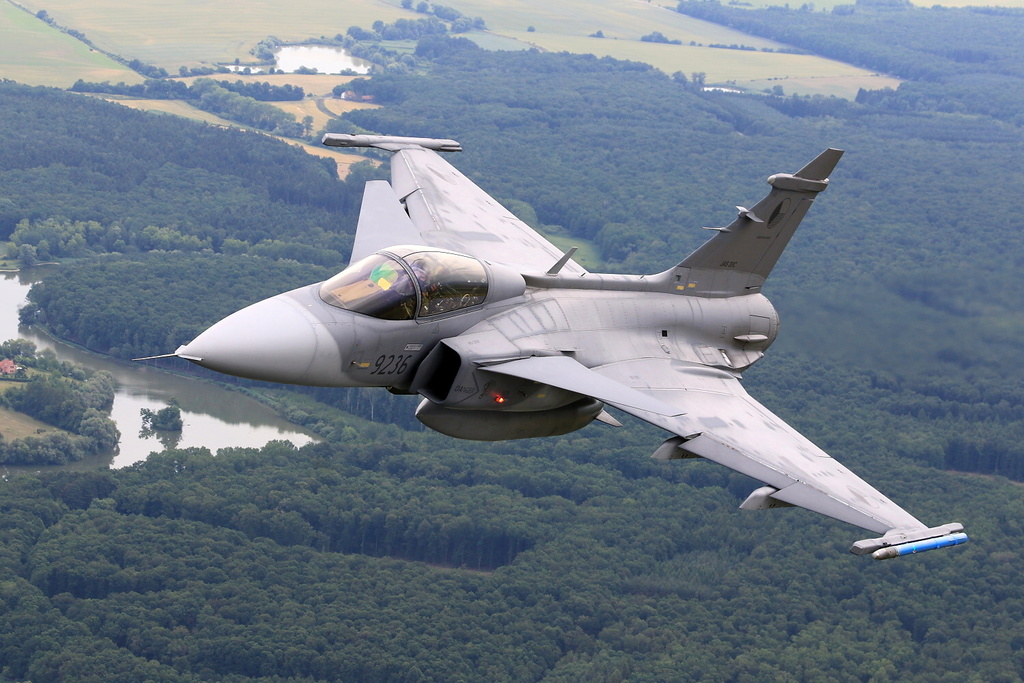
Although it is to be noted that the Gripens in this deal is less advanced that those acquired by India (which India is extremely proud and excited about) and is also inferior to the F16V offered to Philippines by Lockheed Martin. The F16s offered have more powerful radar, trust to weight ratio, longer range with conformal fuel tanks – all these advantage for “just” 10-20million dollars more per piece. On top of that, given how many countries have F16s in their inventory, there is no worries about spare parts, logistics, while strengthening the ties with United States.
According the MaxDefense Philippines, negotiations between Philippines’ Department of National Defense (DND) and Saab seemed to have grind to a halt, while United States continued their charm offensive from both Lockheed Martin and the US Government. In fact, Philippines Air Force appeared to have accepted an invitation to send ground crew for training in the US mainland on F16 operations. Given the lack of activities with Saab, and the reverse happening with the F16 side, using DPA’s method of prioritizing “actions over words” in our analysis, we agree with MaxDefense Philippines that F16 is the more likely fighter to be chosen for the MRF project.
However less than 24 hours later, MaxDefense Philippines updated that Korea Aerospace Industries (KAI) had offered to sell another squadron of FA-50PH Fighting Eagle to the Philippines Air Force as an alternative to the Gripen-Viper conundrum.
MaxDefense Philippines reported that KAI offered 12 x FA-50PH Block 20 with BVRAAM and targeting pod capabilities at just half the price of the Saab’s offer. This offer is incredibly attractive, considering that Philippines Air Force already operating 12 x FA50PH and had been extremely successful operationally, after deployments against ISIS in the Siege of Marawi as well as multiple other sorties against insurgency groups.
In DPA’s opinion, FA-50PH might seemed to be the more logical and pragmatic option, as Philippines Air Force is trying to rebuild itself after a decade without any fighter cover between the retirement of the Northrop F-5s in 2005 and the acquisition of the FA-50PH.

If the consideration for the Multi-Role Fighters project/programme is to counter the threat posed by China, we do not think that 12 x F16V or 12 x Gripens is going to make much difference in a real kinetic war against China.
Instead, operationally speaking, Philippines Air Force may find it more beneficial to field more FA-50 across the archipelago. With the budget for the Gripen or Vipers, Philippines could acquire 24 x FA-50, twice as many new fighter jets, numerically tripling the size of its fighter force to 36 fighters.
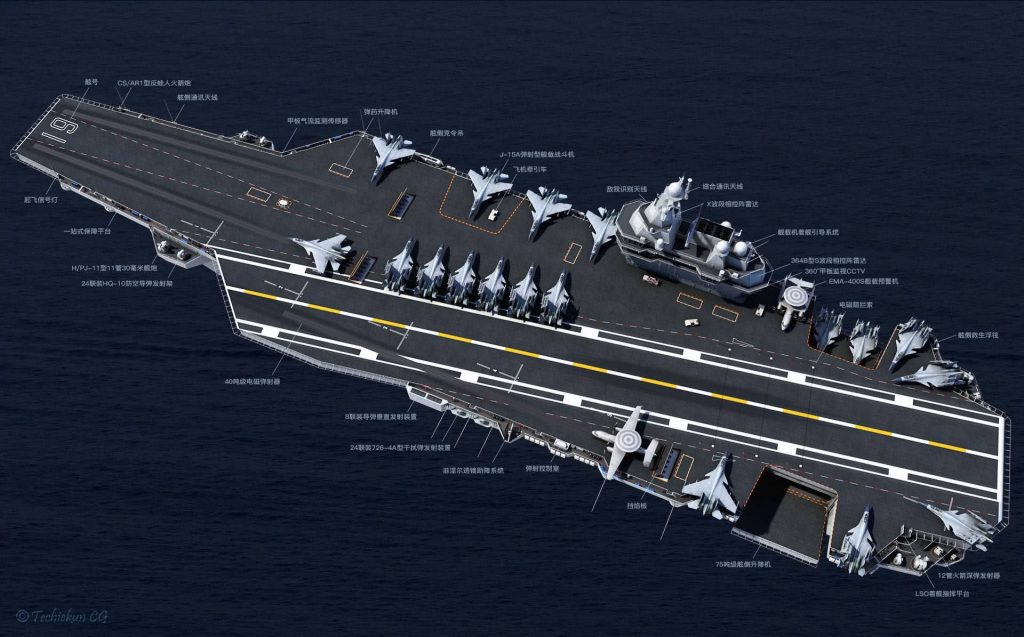
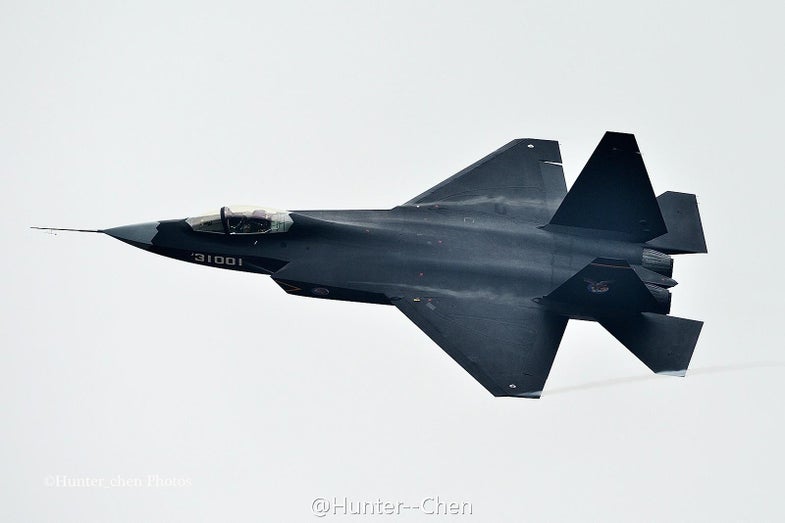
With a much bigger air force, Philippines could cover more hotspots, spreading out its squadrons across its vast country; conduct more intense patrols, more rapid intercepts against intruders and better availability to conduct surveillance operations – not to mention putting more “visible pressure” on Chinese encroachments in the South China Sea (not like the fighter jets are going to open fire on the Chinese and into a firefight any time soon). On top of that, any anti-insurgency operations can be conducted with heavier air strikes and more sustained air support for it’s ground forces.
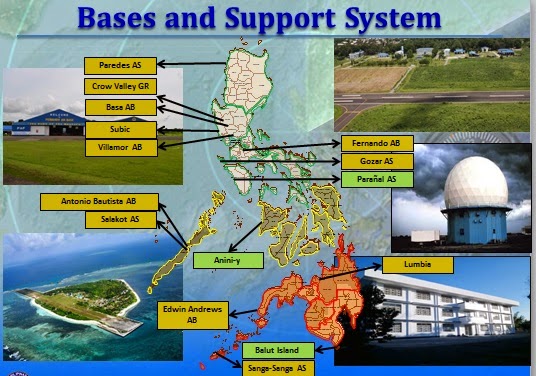

The larger number of fighter pilots would then put Philippines Air Force in a much better position when they finally acquire advanced fighters like the F-16s or Gripens in the future, as more fighter pilots would have the operational experience to upgrade from the Fighting Eagle to a Viper or a Gripen, with the best among them selected for the transition.
All in all feels like a more prudent move to get more FA-50s; as much as the Filipinos are really excited about having some morale booster with the acquisition of advanced fighters, we think that it might just be a waste of the limited resources the Philippines could spare.

